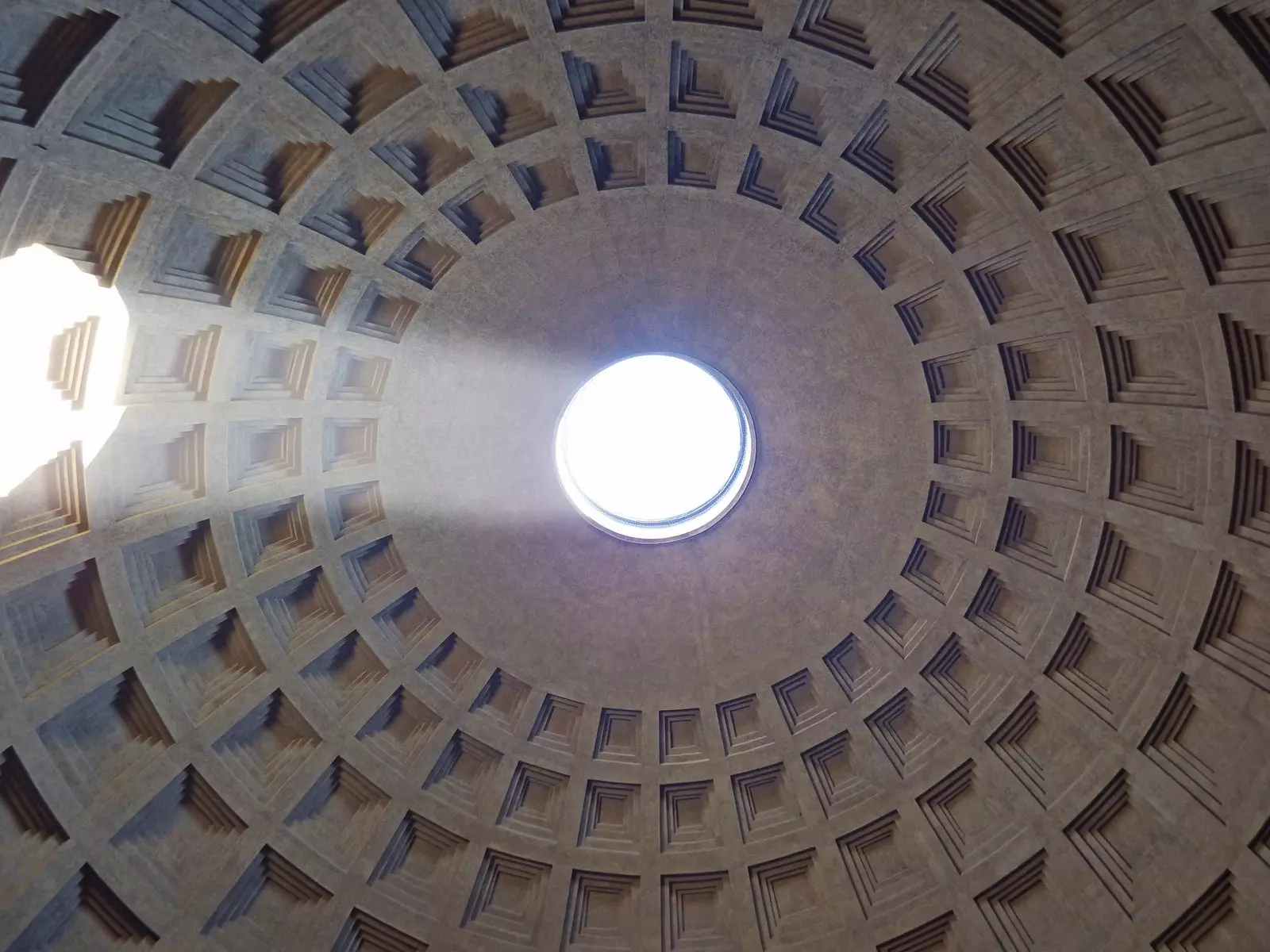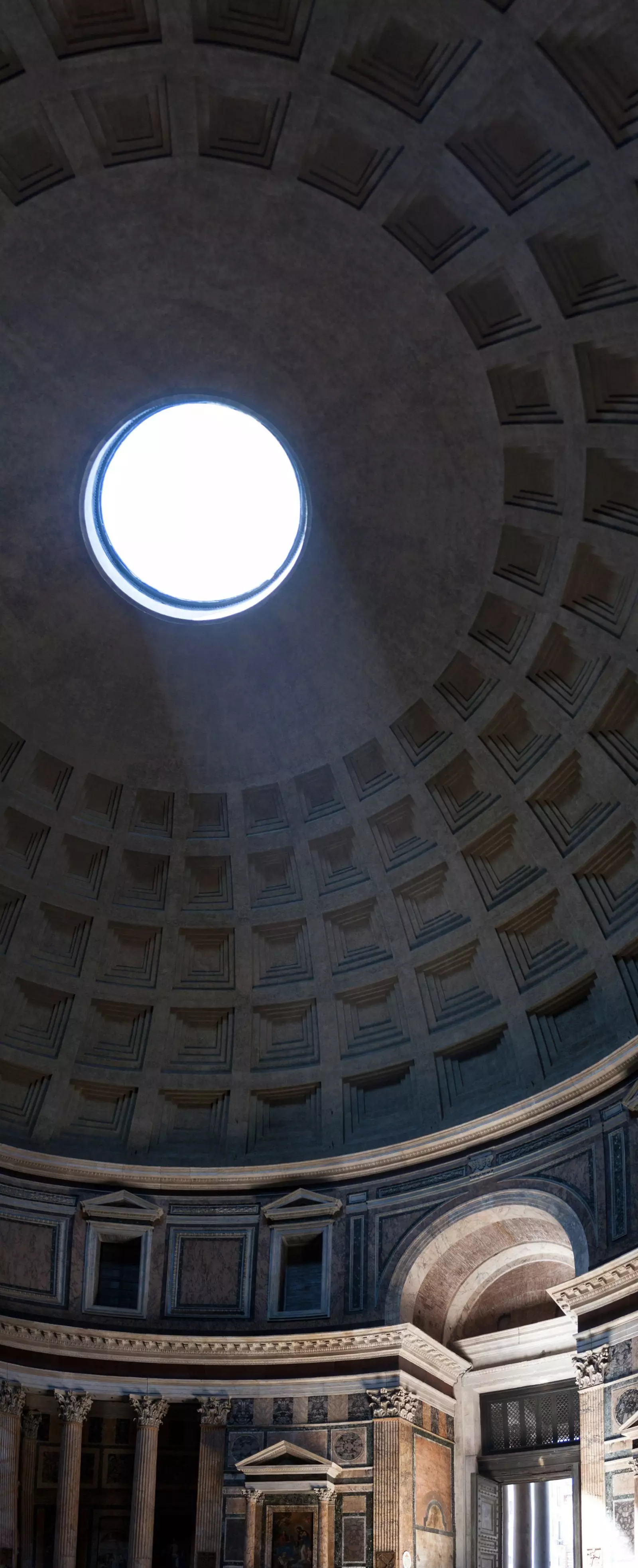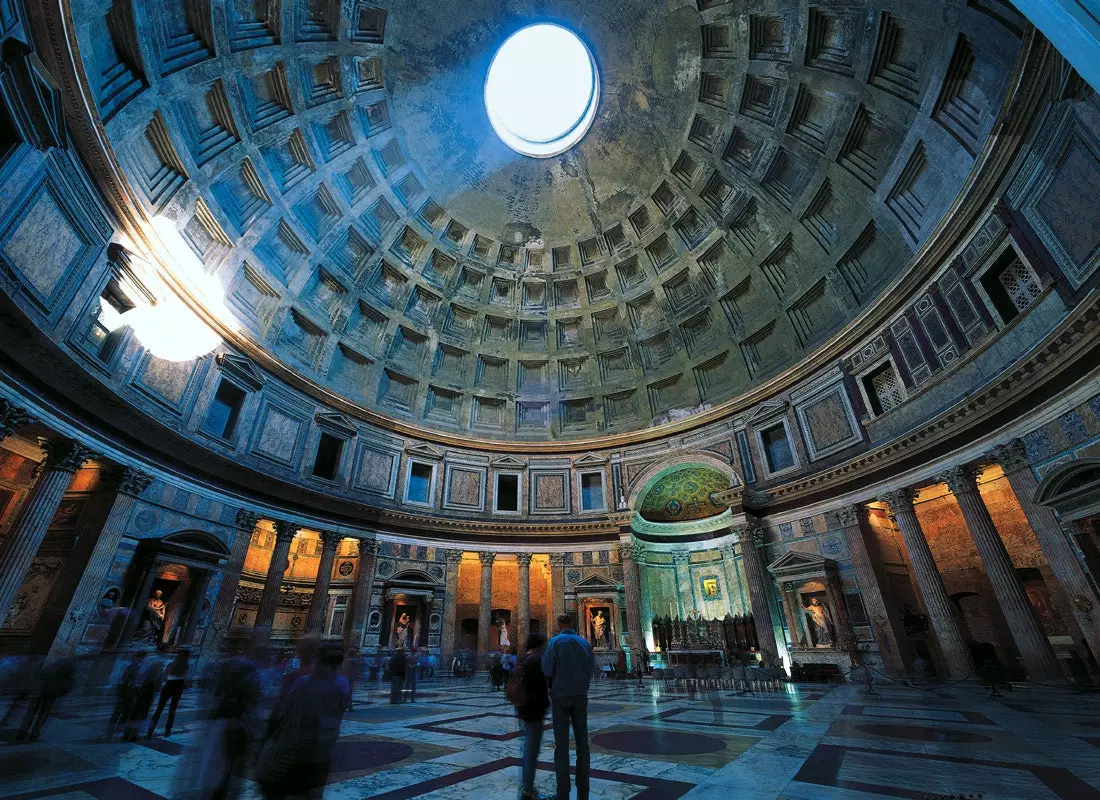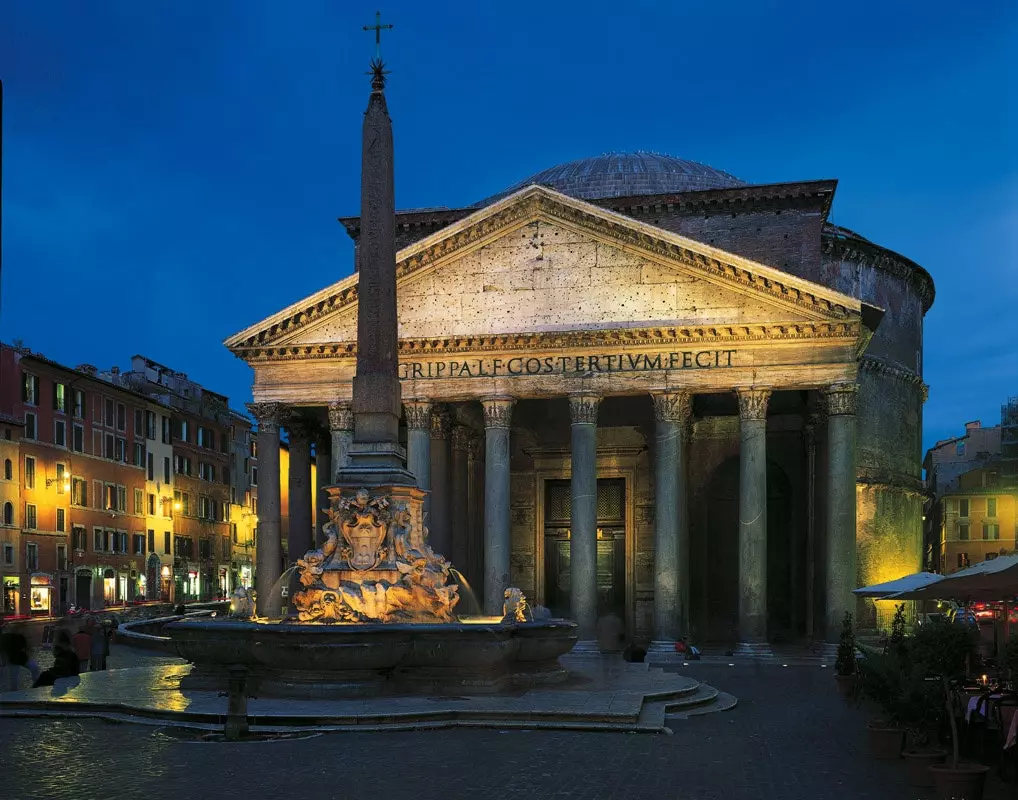
The Pantheon of Agrippa will be illuminated on April 21
Get lost in the streets of Rome It is a non-stop journey into the past. And as far as his historical monuments , amphitheaters, fountains, temples and vestiges of the Roman forum, these make up the quintessence of a city that hides thousands and thousands of years of history in each stroke. But among his masterpieces, there is one in particular that shines every April, the 21st : when sunlight enters through the oculus of the Pantheon of Agrippa zenithally.
The Pantheon of Agrippa It is one of the best preserved buildings in the Ancient Rome . Erected at the time of Emperor Hadrian, in the year 126 AD, it receives the name of Agrippa for having been founded where previously, in the year 27 AD, the Pantheon of Agrippa , destroyed by fire in 80 AD.
As the story goes, its architect would have been Apollodorus of Damascus and was dedicated to Romulus , the mythological founder of him, after he ascended to heaven from that same site.
Since the Renaissance, the Pantheon has housed the tombs of well-known Italians such as Raphael of Urbino and the kings Victor Emmanuel II , his son Umberto I and his wife Margherita, as well as other poets from Italy.
The rectangular façade hides an enormous dome with a diameter even greater than that of Saint Peter's Basilica, and is made up of 16 granite columns 14 meters high , which arrived from Egypt on a journey to the Nile River on wooden sleds, then were transferred to ships to cross the Mediterranean Sea to the Roman port of Ostia, and there, again to barges and dragged down the Tiber River to Rome.

The light that enters through the oculus illuminates the entrance door to the Pantheon
The mythical pantheon still retains its original marble pavement and in the interior chapels, where formerly the statues of the divinities were found, today there are chapels with numerous works of art. Not in vain, Michelangelo referred to this as the building that had "an angelic and not human design".
Although the pantheon is a historical monument , continues to be a church in which masses and especially marriages are celebrated. In fact, this allowed its destruction to be avoided, since in the year 608, the Byzantine Emperor Phocas he offered it as a gift to Pope Boniface IV.
WHEN THE SUN ILLUMINATES THE PANTHEON OF AGRIPPA
With a diameter of 9 meters, the zenithal oculus of the roof of the pantheon it allows the rain to flow into the great circular hall and, although this rarely happens in practice, the pavement is minimally curved, in order to allow the rain to flow into the drainage channel that is on the perimeter.
But not only the rain seeps into this historical monument, the relationship of the Pantheon of Agrippa with light it is unequivocal, allowing its entry into what is believed to have been a great discovery between the relationship between space and light in Roman antiquity.

The relationship of the Pantheon of Agrippa with light is unequivocal
According to a study by the Faculty of Civil Architecture of the Polytechnic University of Milan, the orientation of the pantheon is unusual, being the same towards the north, and not within the arc of the rising sun, as was the case in Greek temples in Italy. "One explanation for the north orientation is that the building project was, to some extent, inspired by a particular type of sundial, which captured sunlight within a shadowed interior."
Still, "the Pantheon was not designed to make precise measurements of the sun's cycle, but rather for the purpose of corroborate the symbolic connection of the building with the trajectory of the sun throughout the year This is how during the winter solstice, when the culmination of the sun reaches its minimum, the point of sunlight moves to a maximum height on the ceiling above the entrance.
Then touch the base of the dome at the vernal equinox , and over the next few days, the beam moves downward, illuminating the entrance from within, and thereby falls on the oculus of the pantheon.
Thus, being the only point through which natural light enters, the stage becomes a majestic show every April 21 at noon , when the sun casts a grandiloquent lighting effect on the entrance.

Every April 21, a majestic spectacle takes place in the Pantheon of Agrippa
